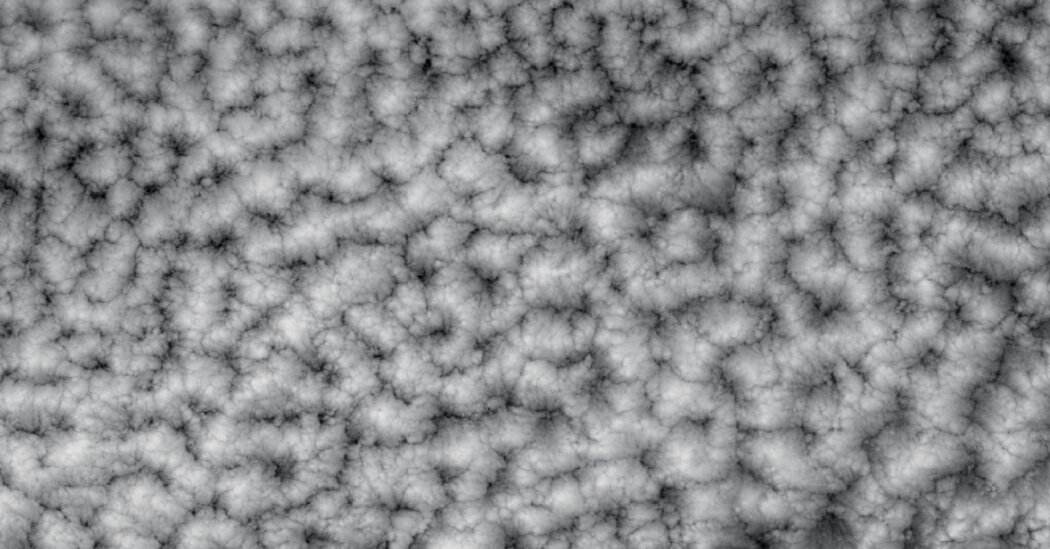Bumblebee babies die in their nests because the temperature on earth becomes too warm, research shows
Scientists have been warning about this for years Bumblebee populations are decliningThis poses a risk to the crucial role pollinators play in helping sustain food and plants around the world. New research has found an “important factor” in why. The answer? It’s getting way too hot. Like humans, bumblebees’ bodies thrive within certain temperature thresholds. … Read more







